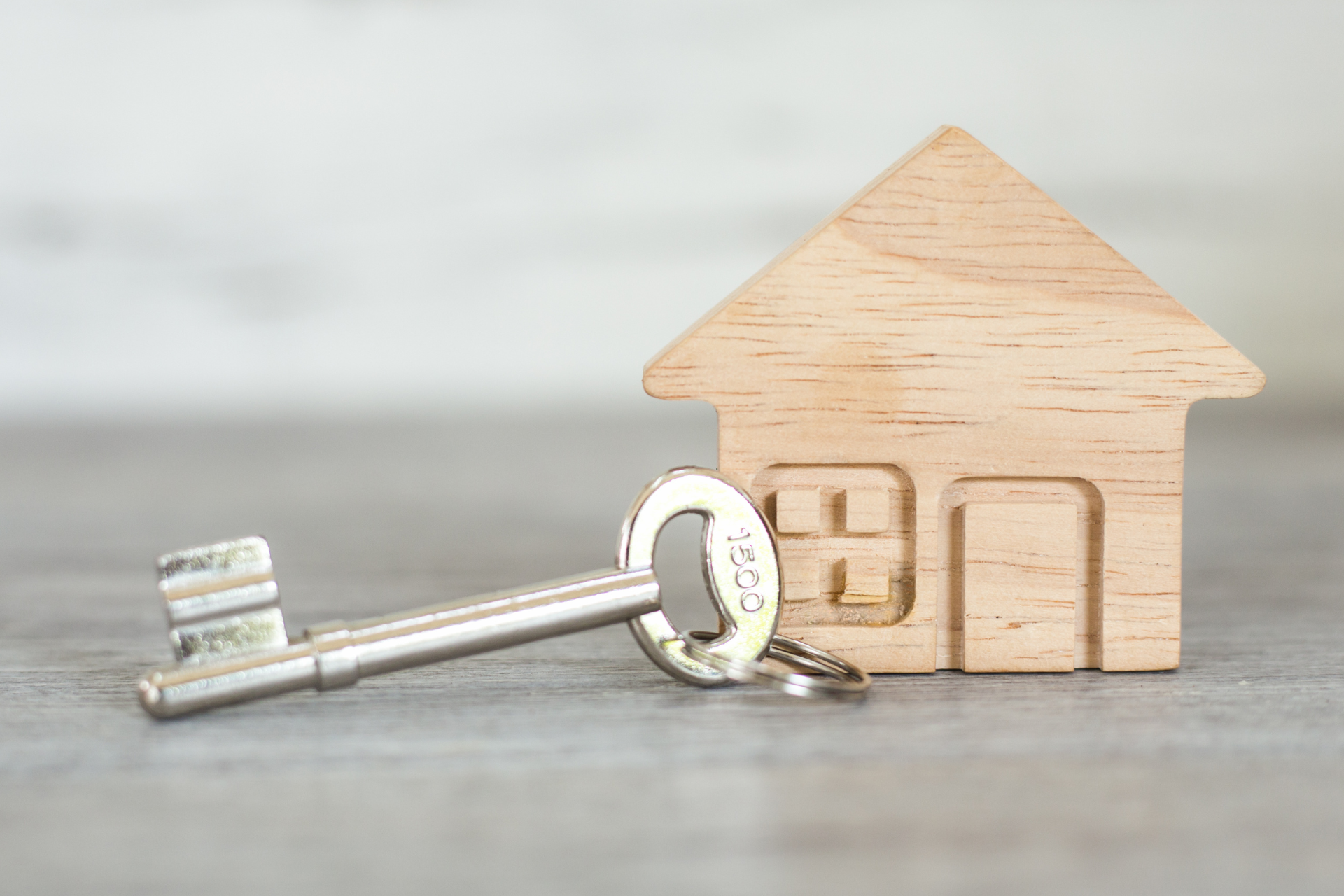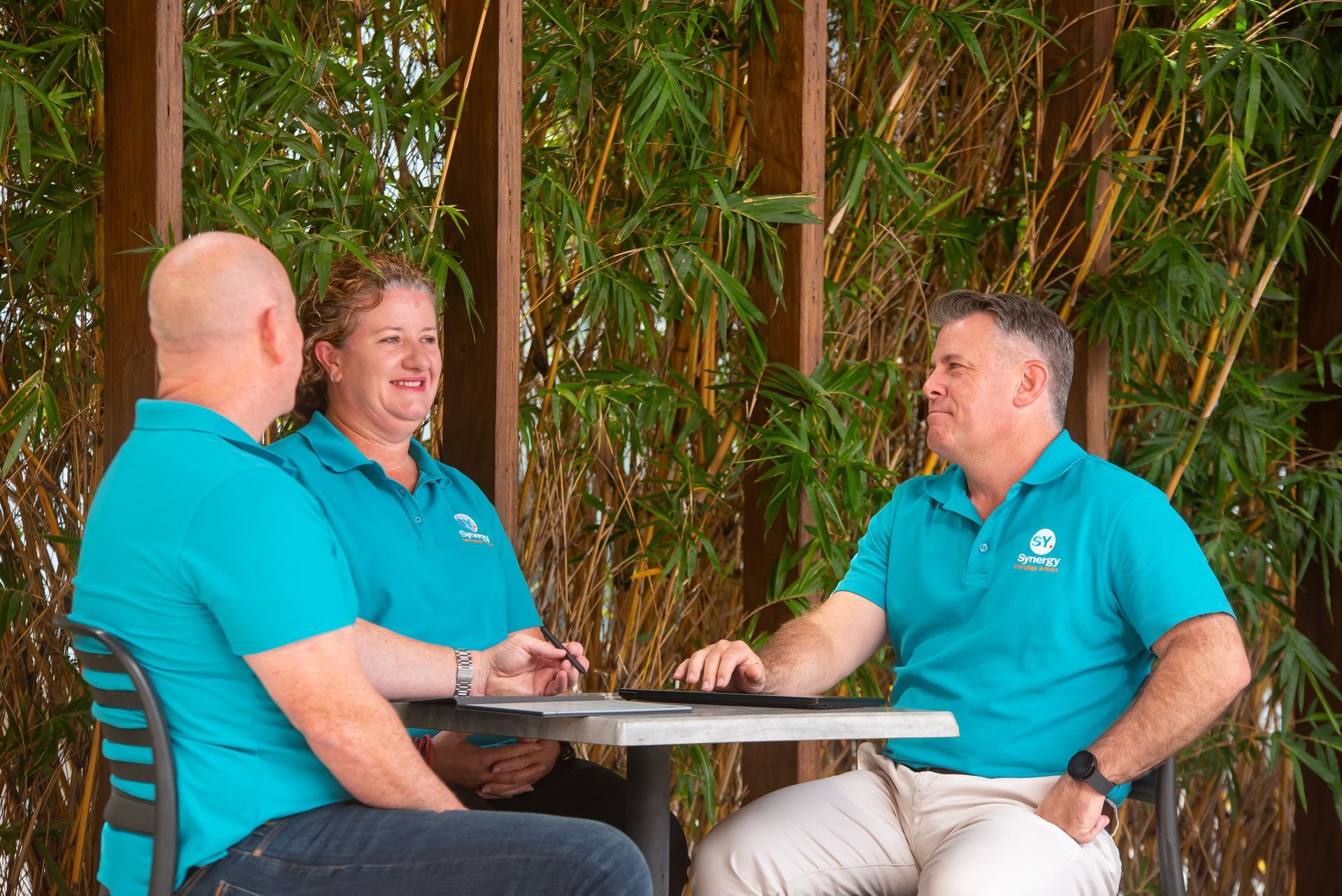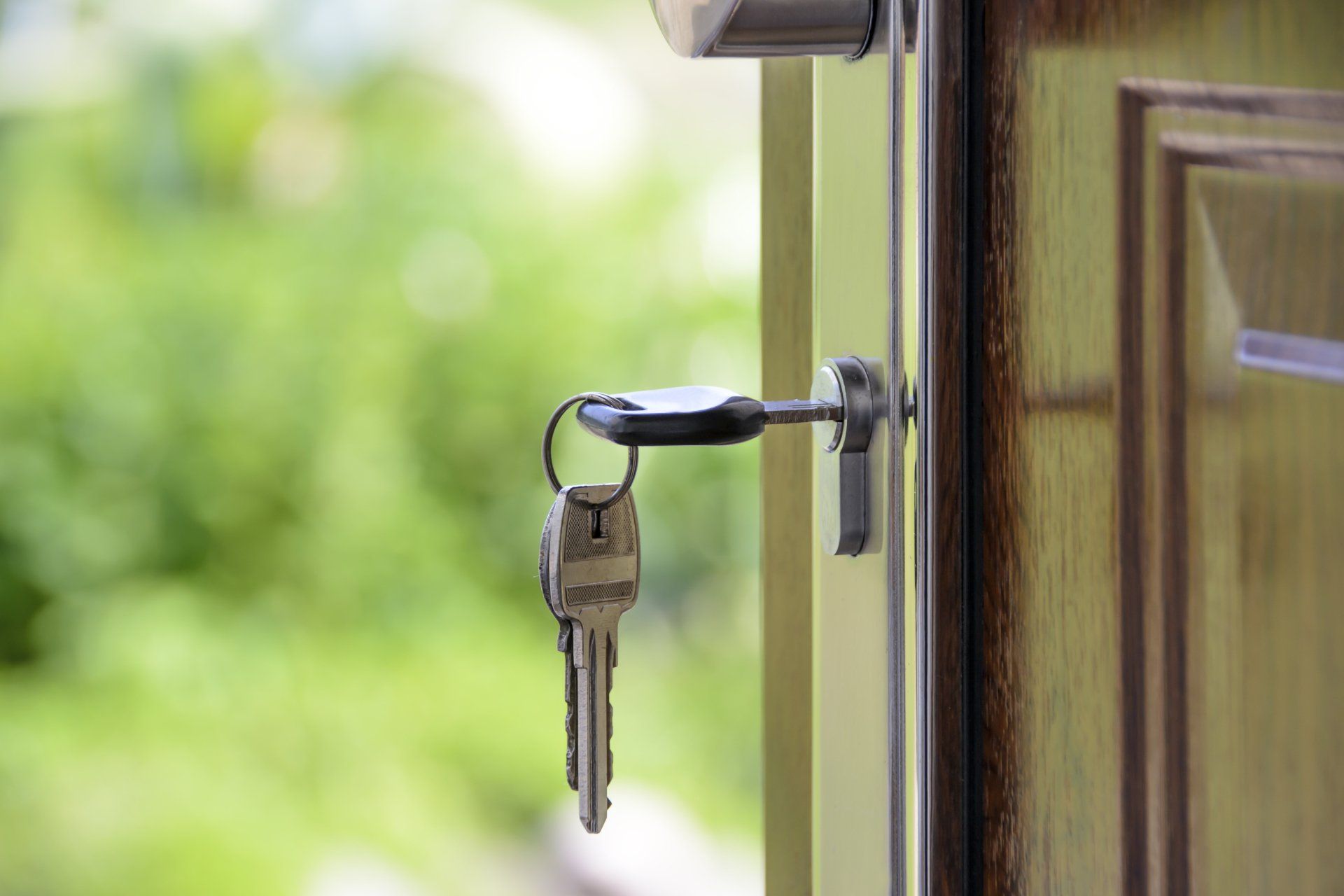Among the many factors to consider when buying a house, you’ll also have to face choosing the right type of home loan. In an already busy and complex process, this choice can certainly feel daunting!
When it comes to financing your dream home, you'll typically face two primary options: fixed and variable interest rate home loans. Each of these choices comes with its unique advantages and specific conditions that can greatly influence your financial journey. And, in a time when interest rates are a hot topic of conversation, the best option for you will depend on your personal and financial circumstances
In this blog, we’ll explore the differences between fixed and variable home loans, helping you navigate the considerations that can influence your choice and ultimately shape your homeownership experience.

How Interest Rates Affect Home Loans
When buying a home, you will likely need to borrow money from a lender, which typically allows you to finance up to 80-90% of the property’s value. The amount you borrow is referred to as the principal, while the interest rate represents the annual cost of borrowing that principal amount.
When you take out a home loan, your monthly repayments consist of two key components: principal repayments and interest repayments. While both play key roles in paying off your mortgage, the interest rate has the most significant impact on your monthly payments and the total amount you will ultimately repay over the life of the loan.
It’s crucial to keep in mind that even a small change in the interest rate can have a substantial impact on your total repayment amount over the life of your loan. For example, what seems like a minor increase in interest rates can translate into thousands of dollars more in repayments throughout the loan term. On the other hand, a lower rate or putting more into the mortgage can save you money.
Understanding Different Loan Types
Understanding the differences between fixed and variable rate loans is key to making an informed decision about your home financing.
Fixed Rate Loans
A fixed interest rate home loan locks in your interest rate for a fixed period of time – usually between one and five years. During this time, both your interest rate and your required repayments remain unchanged.
For many borrowers, the appeal of a fixed-rate loan lies in this certainty. You’ll know exactly how much you need to budget each month, allowing for better financial planning and monthly budgeting. However, it's important to consider that if interest rates drop during your fixed term, you may miss out on the opportunity to take advantage of lower rates.
Read More:
What Happens When Fixed Rate Mortgage Ends?
Variable Loans
Variable loans, on the other hand, allow for changes in the interest rate at any time. Lenders will generally adjust the interest rate in line with movements of the Cash Rate made by the Reserve Bank of Australia, however rates can also move independently due to broader market conditions. This means your repayments can fluctuate: if interest rates increase, your required minimum payment will also rise; But, if rates fall, your repayments may also decrease.
While variable loans can offer the potential for lower initial rates compared to fixed loans, they do come with a degree of unpredictability. This flexibility can work in your favor if rates decline, leading to lower overall costs. However, it’s also important to prepare for the possibility of rising rates, which may strain your budget if you're not ready for the change.
Another significant benefit that comes with variable loans is that it is easier to refinance your home. If you happen to find a better deal elsewhere, it can be easier to make the switch without break costs.
Factors to Consider When Choosing Your Loan
Understanding the difference between variable and fixed rate loans is only the first step to making your decision. Beyond deciding on the type of loan, there are also other factors to consider. The most common include:
1. Deposit Amount
The size of your deposit plays a crucial role in determining your loan options. A larger deposit typically means you can borrow a smaller percentage of the property value, which can lead to more favourable loan terms, including lower interest rates. On the other hand, if your deposit is smaller, you may be required to pay Lenders Mortgage Insurance (LMI) to protect the lender in case of default.
2. Tolerance for Risk
Your personal risk tolerance is another critical factor when choosing a home loan. If you prefer the predictability of fixed repayments and want to shield yourself from potential interest rate increases, a fixed-rate loan may be the best fit. On the other hand, if you're comfortable with some level of uncertainty and can manage any fluctuations in your repayments, a variable rate loan might offer you the chance to benefit from lower rates over time.
3. Flexibility
Flexibility in a home loan can make a big difference in your financial journey. Consider whether you want features like the ability to make extra repayments, access a redraw facility, or have an offset account to help reduce interest costs. Fixed-rate loans often come with fewer flexible options, while variable loans may provide more loan features.
4. Watch the Fees
When comparing home loans, it’s important to look beyond the interest rate and consider any associated fees. These can include application fees, ongoing service fees, LMI and break costs, among others. Even a slightly lower interest rate can be offset by high fees, so it's beneficial to evaluate the total cost of the loan over its lifespan. Make sure to ask lenders for a breakdown of all fees and charges, and factor these into your decision to ensure you’re getting the best overall value.
Splitting The Loan
Fortunately, if you find yourself torn between the benefits of fixed and variable home loans, there's a solution that allows you to have the best of both worlds. Splitting your loan is an option that lets you assign a certain portion of your mortgage to a variable home loan while allocating the rest to a fixed home loan. The ratio you choose is flexible, depending on your financial situation and preferences, as well as the lender you select.
So, if rates rise, your fixed portion will remain unaffected, protecting you from higher repayments and if rates fall, you’ll still reap the rewards from your variable portion, which could lead to lower overall costs compared to a full fixed loan. You may also take advantage of extra loan features such as being able to make extra repayments, redraw and an offset account on your variable rate loan.
Helping You Choose The Right Loan
Ultimately, the choice between fixed and variable home loans is up to you. However, if you find yourself feeling stuck or overwhelmed by the options, you can get expert insight and guidance from professional Mortgage Brokers.
At
Synergy Mortgage Brokers, we have extensive knowledge of the market and a deep understanding of the various loan products available. Our experienced team is dedicated to simplifying the home loan process, taking the time to listen to your unique needs and financial situation, so we can recommend the best options tailored specifically for you.
Whether you're ready to start your home-buying journey or looking to refinance, we’re committed to ensuring you make informed decisions every step of the way! Don’t hesitate to
reach out to Synergy Mortgage Brokers today—let us help you find the perfect loan.
Subscribe Today!
Stay in the loop - subscribe to our newsletter for the latest trends and insights.







